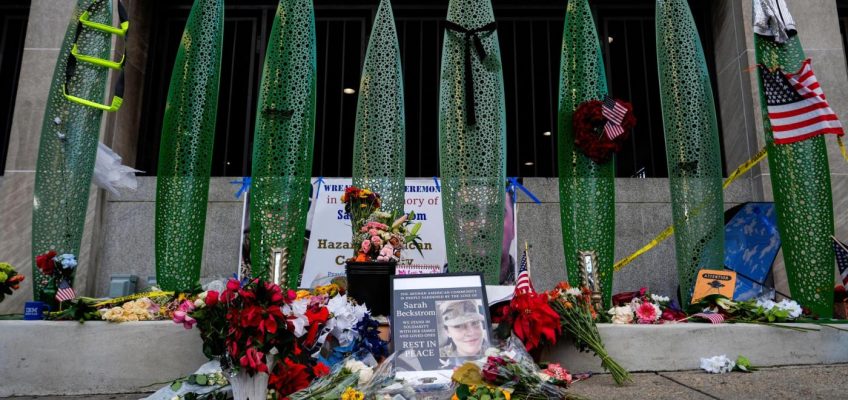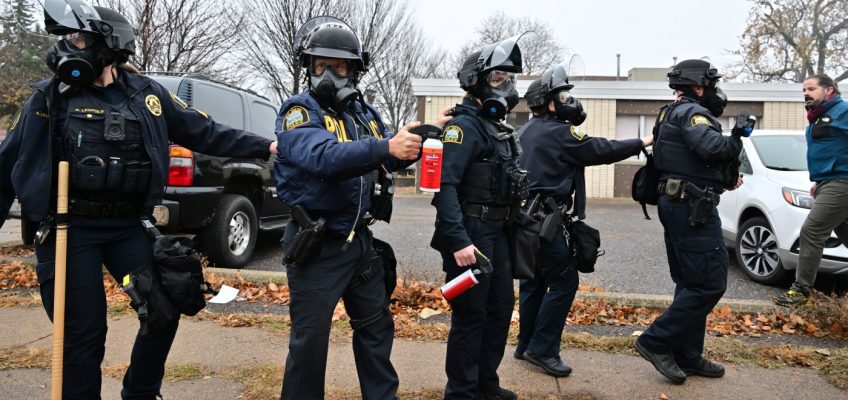ORLANDO — Major League Baseball’s Winter Meetings have come and gone and on Wednesday, Twins officials packed up to leave the Florida sunshine for the Minnesota snow after what general manager Jeremy Zoll described as “a productive few days.”
The Twins landed the No. 3 pick in the 2026 draft — they had the second-best odds to end up with the first pick but could have slipped all the way to No. 8 in the lottery— made a selection in the Rule 5 draft and a subsequent trade, and laid down some groundwork as they try to retool their roster for next season.
“We felt really good to have the conversations we did and build on the initial conversations from the (general manager) meetings to now,” Zoll said. Added clarity gleaned this week, he added, would allow the Twins to “advance the ball in some conversations.”
When the offseason began, there were questions about the Twins’ plans to enhance their roster, and whether that would include retaining or trading star pitchers Pablo López and Joe Ryan, and all-star center fielder Byron Buxton. Team leaders said this week all three would remain on the team while Zoll and team president Derek Falvey add pieces to the roster.
The Twins had a chance Wednesday to add another potential reliever to the mix after clearing a roster spot by placing outfielder Carson McCusker on unconditional waivers (he is headed to Asia to continue his playing career). Instead, the team selected catcher Daniel Susac from the Athletics in the Rule 5.
Susac was promptly traded to the San Francisco Giants for 17-year-old catcher Miguel Carabello, who hit .264 with a .874 OPS in 41 games in the Dominican Summer League last year. They also received cash considerations in the trade.
“We looked at all the available guys, worked through some different options, had some really good conversations on how it might all fit together,” Zoll said. “As we evaluated different opportunities, the ability to make a trade here and acquire someone at the lower levels, (someone) that we think could really grow into something, felt like a more appealing opportunity as we tried to assess best ways to attack our 40 man and plan for building out the rest of the bullpen and the roster.”
Picking a reliever in the Rule 5 draft would have required the Twins to keep him on the active roster all season, something which inhibits flexibility. Instead, the Twins will use other avenues to build out their bullpen, a top priority after five relievers were shipped away at last season’s trade deadline.
“I think it was a productive few days for us,” said Zoll, who also mentioned the team’s desire to add “another bat or two with some thump” this offseason.
“There’s still a lot of feeling-out to be done. There’s still a lot of gauging of markets to try to understand when things may or not move,” Zoll said. He added that recent free-agent player movement — Kyle Schwarber staying Philadelphia, Pete Alonso’s move to Baltimore — “usually creates some trickle down impact on the market.”




